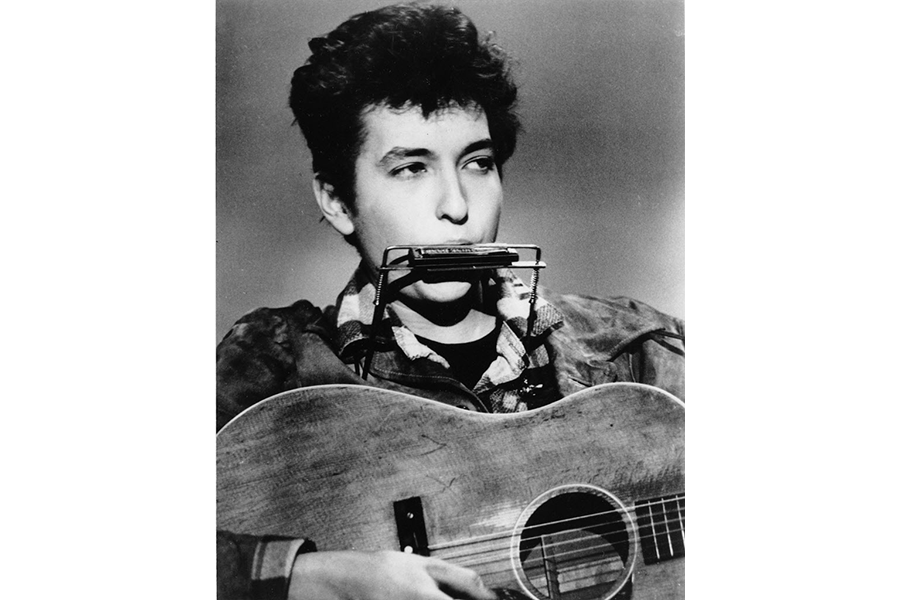What Bob Dylan's archive reveals
Loading...
New materials related to the work of legendary musician Bob Dylan has been obtained by organizations in Oklahoma.
Pieces include a notebook in which Mr. Dylan wrote various songs for his album “Blood on the Tracks”; drafts from Dylan’s poetry work “Tarantula”; various concert movies; and many other pieces of music material that could give more insight into the creative process of the singer.
The archive has been obtained by the University of Tulsa and the Tulsa, Okla.-based George Kaiser Family Foundation.
University staff and foundation staff will most likely reveal sometime in 2016 when the pieces will be put on display and when music experts will be able to examine the objects.
New York Times writer Ben Sisario wrote that from what has been revealed of the material so far, “it is clear that the archives are deeper and more vast than even most Dylan experts could imagine, promising untold insight into the songwriter’s work.”
Dylan himself said of the news, “I’m glad that my archives, which have been collected all these years, have finally found a home and are to be included with the works of Woody Guthrie and especially alongside all the valuable artifacts from the Native American Nations. To me, it makes a lot of sense and it’s a great honor.”
The area where the material will be displayed will reportedly be close to the Woody Guthrie Center in Tulsa.
The archive could provide more information about the work of a musician who is often called one of the most significant in modern music.
Rolling Stone ranked Dylan at number two, below only the Beatles, in the magazine’s ranking of the greatest artists ever.
Robbie Robertson of The Band wrote for Rolling Stone, “He is a powerful singer and a great musical actor, with many characters in his voice. I could hear the politics in the early songs. It's very exciting to hear somebody singing so powerfully, with something to say … I had never seen anything like it – how much he could deliver with a guitar and a harmonica, and how people would just take the ride, going through these stories and songs with him … He will always stand as the one to measure good work by.”
Sean Wilentz, author of “Bob Dylan in America,” discussed with The Atlantic how Dylan influenced not only music but the 1960s in general and the culture in the US.
“He's the most important songwriter of the last 50 years, in a culture in which songwriting has always been a major force,” Mr. Wilentz said.








